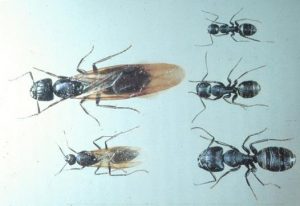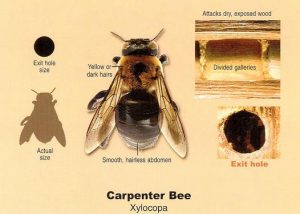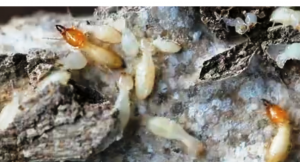Wood-Destroying Insect Inspections in Pittsburgh
Wood-destroying insects can cause serious damage to your home, so it is important to have regular inspections for these pests. Allegiance Home Inspection offers comprehensive and informative wood-destroying insect inspections in the Pittsburgh area. Our inspectors are highly trained and experienced in identifying and treating wood-destroying insects.
What are wood-destroying insects?
Wood-destroying insects are any insects that feed on wood. Some of the most common wood-destroying insects include:



- Termites
- Carpenter ants
- Powder post beetles
- Wood-boring bees
How can I tell if I have wood-destroying insects?
There are a few signs that you may have wood-destroying insects in your home, including:
- Holes in wood
- Tunnels in wood
- Wood dust
- Frass (insect droppings)
- Swarmers (winged termites or carpenter ants)
- Winged adults
Why is it important to inspect for wood-destroying insects?
Wood-destroying insects can cause serious damage to your home. If left untreated, wood-destroying insects can weaken the structure of your home and make it more susceptible to collapse. In addition, wood-destroying insects can damage your furniture and other belongings.
What does a wood-destroying insect inspection involve?
During a wood-destroying insect inspection, our inspector will inspect all areas of your home where wood-destroying insects are most likely to be found, such as:
- The foundation
- The roof
- The attic
- The basement
- The exterior walls
- The interior walls
- Around doors and windows
- Near plumbing leaks
- In areas with high humidity
Our inspector will use a variety of tools and techniques to inspect for wood-destroying insects, including:
- Flashlights
- Magnifying glasses
- Moisture meters
- Sounding rods
What happens if wood-destroying insects are found?
If wood-destroying insects are found during your inspection, our inspector will recommend treatment options. There are a variety of ways to treat wood-destroying insects, including:
- Chemical treatments
- Baiting systems
- Heat treatments
- Fumigation
The best treatment option for your home will depend on the type of wood-destroying insect that is present and the severity of the infestation.
Why choose Allegiance Home Inspection for your wood-destroying insect inspection?
When you choose Allegiance Home Inspection for your wood-destroying insect inspection, you can be confident that you are getting the best possible service. Our inspectors are highly trained and experienced in identifying and treating wood-destroying insects. We also offer a variety of other services, such as general home inspections, commercial property inspections, and radon testing.
Contact Allegiance Home Inspection today to schedule a wood-destroying insect inspection!


